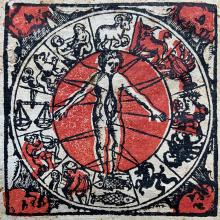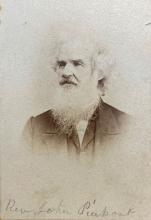The Davida Deutsch Collection of Louis Legrand
Submitted by Sheelagh Bevan on Mon, 03/31/2025 - 3:00pmOn the front page of La Nation on April 15, 1896, Siegfried Bing (1838–1905), the famous Parisian dealer in Japanese fine and decorative arts, was described by an anonymous critic as a man with foresight—a man driven by the desire to demonstrate the value of the overlooked and undiscovered.










